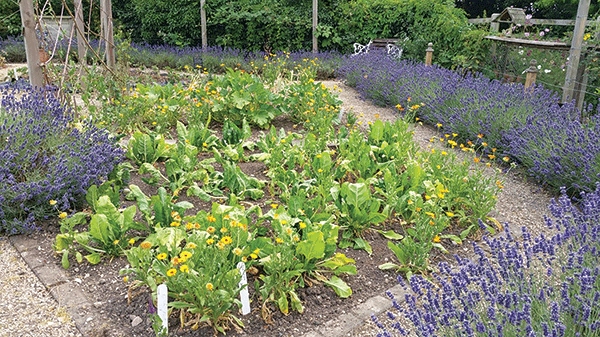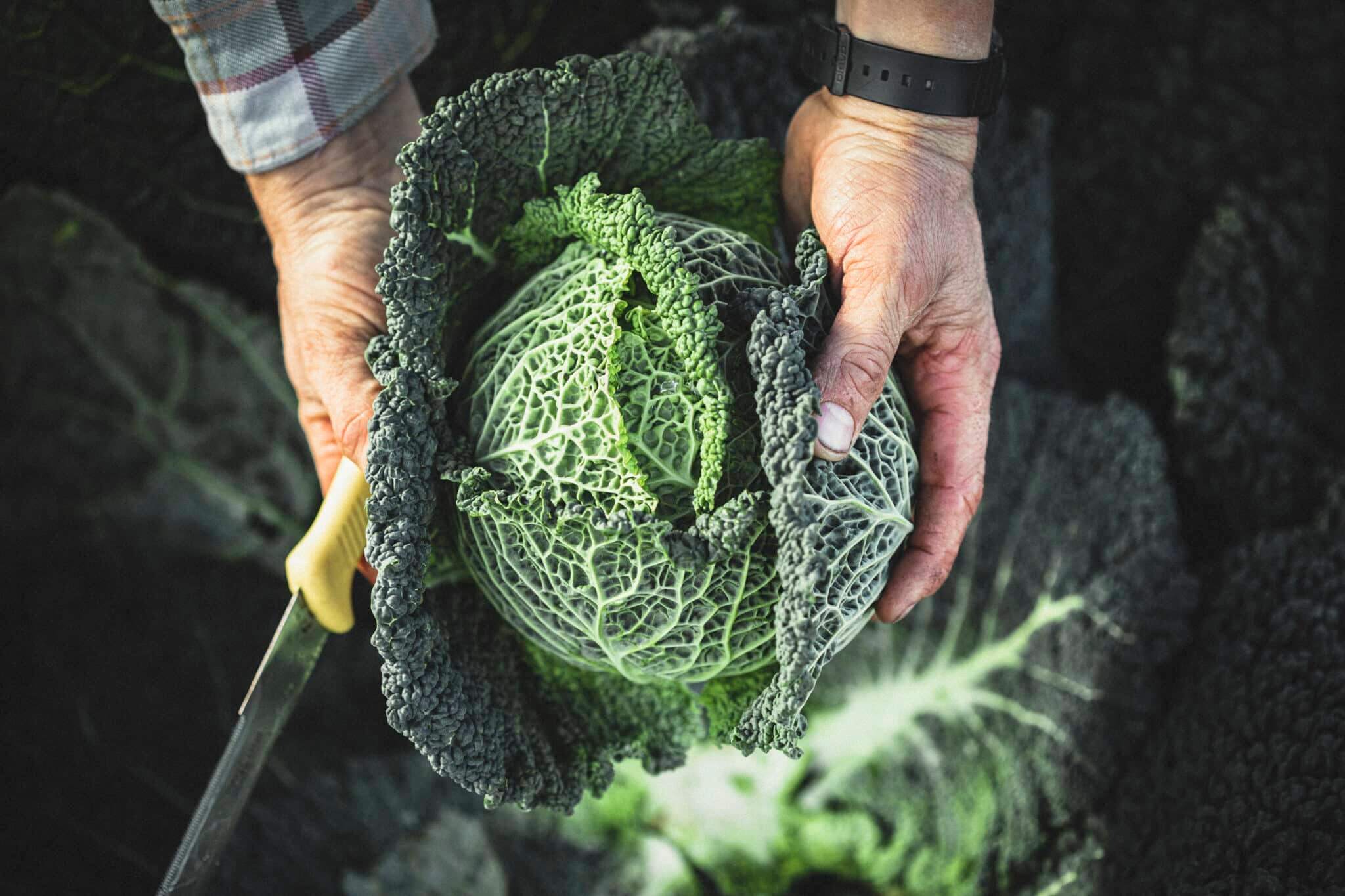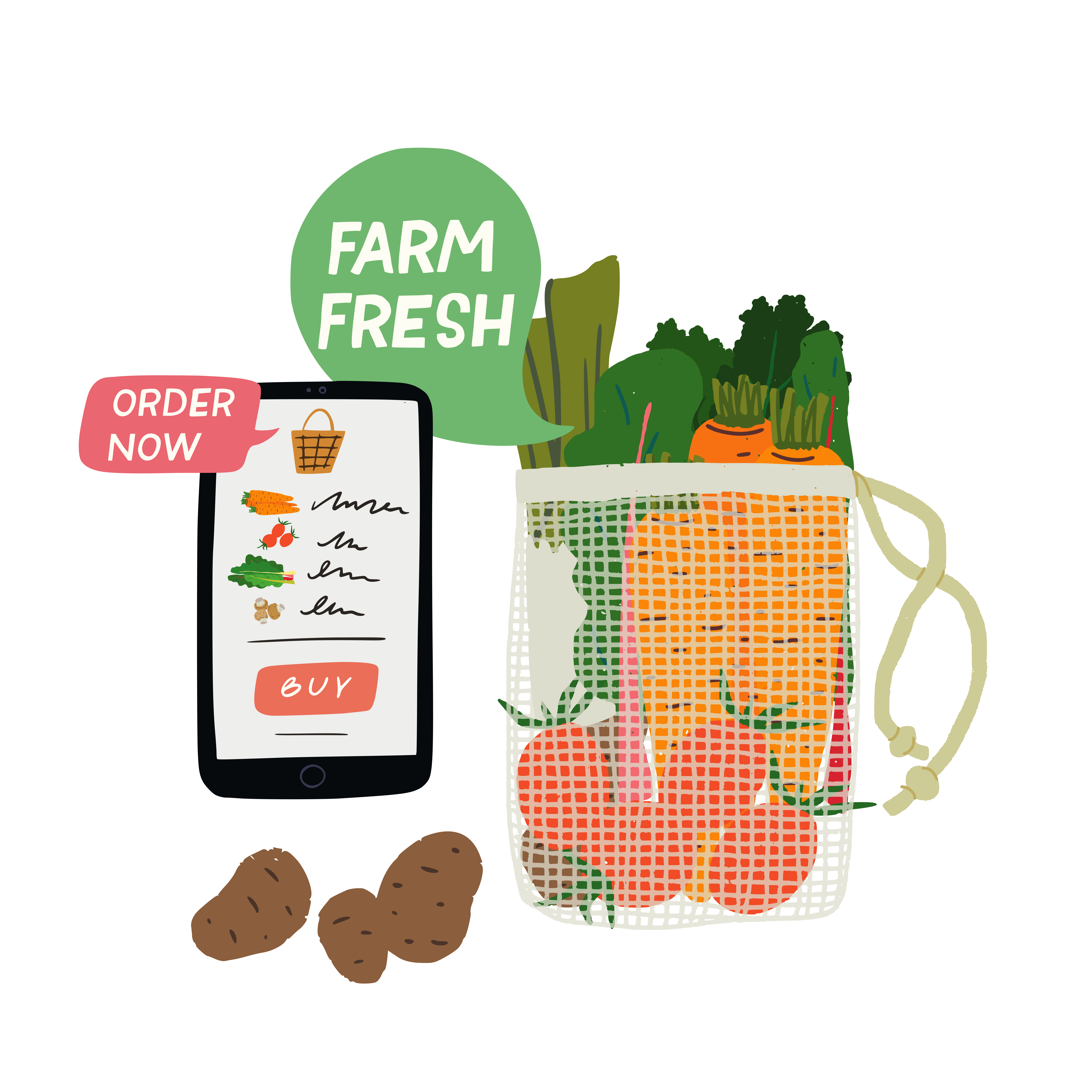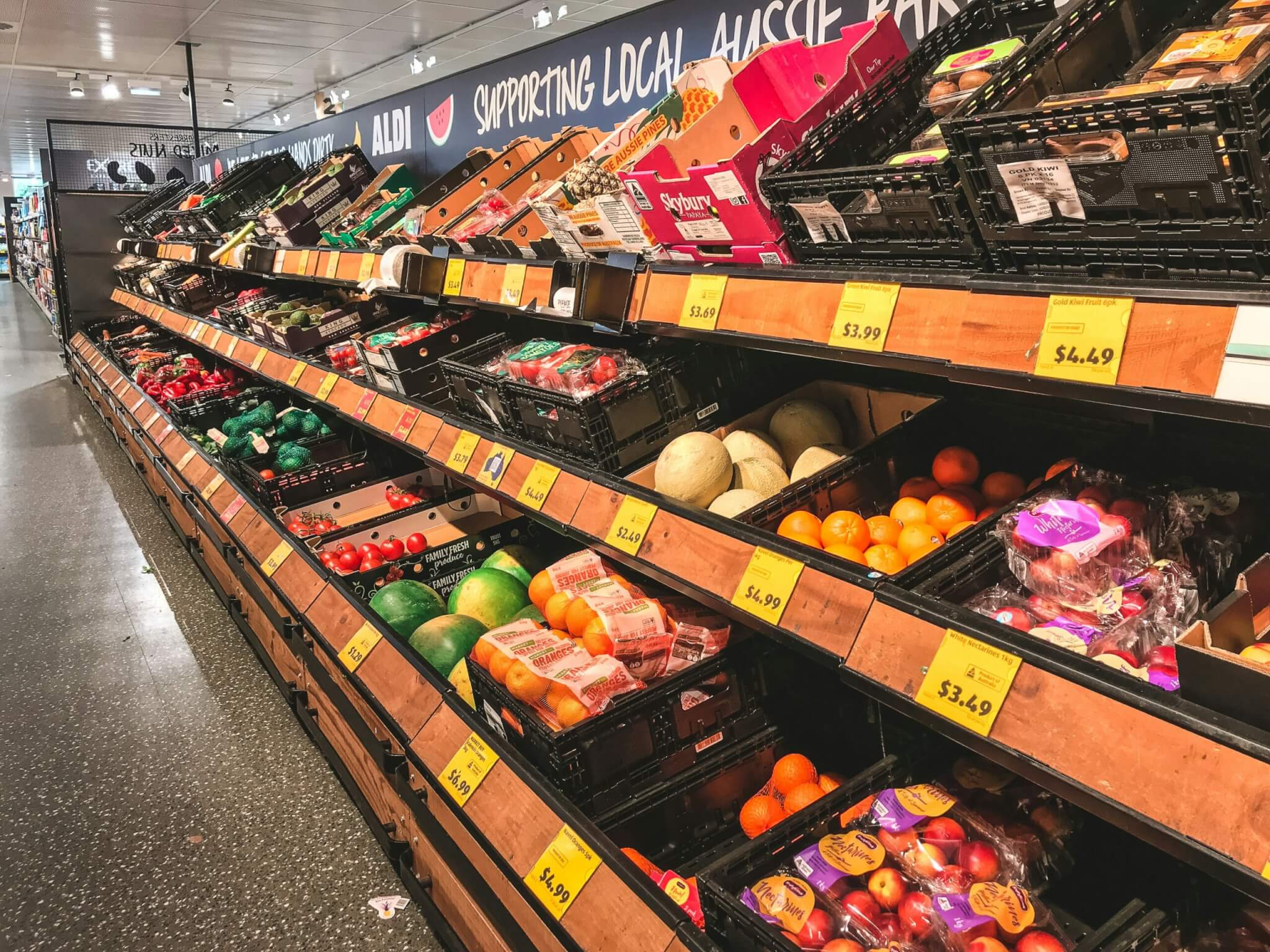Are plants good neighbours? How garden plants relate to each other is a fascinating subject, and it gives rise to a well-known practice called ‘companion planting’. Putting garlic by your roses, for instance, is claimed by some to make the rose blossom smell sweeter.
Much of this neighbourliness is, sadly, unproven. But here are some tips for plants which grow in harmony. And as we all know, harmony leads to healthy, and healthy leads to blooming marvellous – whether in life or in the veg plot.
It’s all about creating plant communities that have mutual benefits to each other.
Let’s look at the three general principles of companion planting.
- Putting different varieties next to each other means you are creating a diverse ecosystem. This not only helps below ground, making sure you don’t plant too many nutrient-hungry crops competing in a small area, but also above ground, with a wide range of flowers and growth to support insects and other wildlife all through the growing year.
Top tip: Sow deep-rooting carrots and shallow-rooting onions side-by-side. That way the soil nutrients are shared, without too much competition.
- Mixing veg and flowers helps with pollination. If you cleverly juxtapose blossoms alongside your fruiting vegetables you’ll bring in the bees, butterflies and other pollinating insects.
Top tip: try a border of oregano beside your courgettes. The busy bees will make a bee line to the flowers of both, ensuring the pollen between the courgette plants gets transferred and fruits formed. You’ve also got the makings of a fab pizza topping!
- Growing some plants together can control pests and diseases. We know that fennel flowers, and other umbellifera such as cow parsley, attract hoverflies, which will munch through the aphids.
Top tip: A brightly-coloured nasturtium planted among beans will help mop up those annoying black fly. Horticulturalists call it a sacrificial crop. I like to think it’s the plants’ way of taking a hit for their neighbour.

You can also foil pests with some crafty sowing. Farmers have found that putting a yellow trefoil (Medicago lupulina) in the same module as a calabrese seed can significantly reduce the damage caused by the cabbage root fly, as the fly is confused by the close proximity of the trefoil. And in my own little greenhouse, I regularly sow a bunch of marigolds (Tagetes minuta) to reduce the whitefly on my precious tomatoes. It doesn’t actually stop the fly, but the bright orange marigold petals seduce them away from the tomato plants.
Plants can help each other in simpler ways too. A row of tall sweetcorn or runner beans will provide shelter and windbreak for more delicate plants. The jolly poached egg plant (Limnanthes) is low growing which makes it ideal for smothering weeds under shrubs, roses and fruits.
To sum up, diversity is a good thing – whether among humans or within the plant kingdom. And a little neighbourliness takes it a whole step better.
The Grow Your Own Wicked Leeks series is written by Garden Organic, the national charity for organic growing. Each month we bring you timely advice on what to do in your organic patch, whether you’re an experienced grower or just starting out. Share your own tips and gardening photos on social media under #GYOWickedLeeks.
This article was initially published in Wicked Leeks print magazine issue 6. Read the full magazine for free on Issuu.













0 Comments